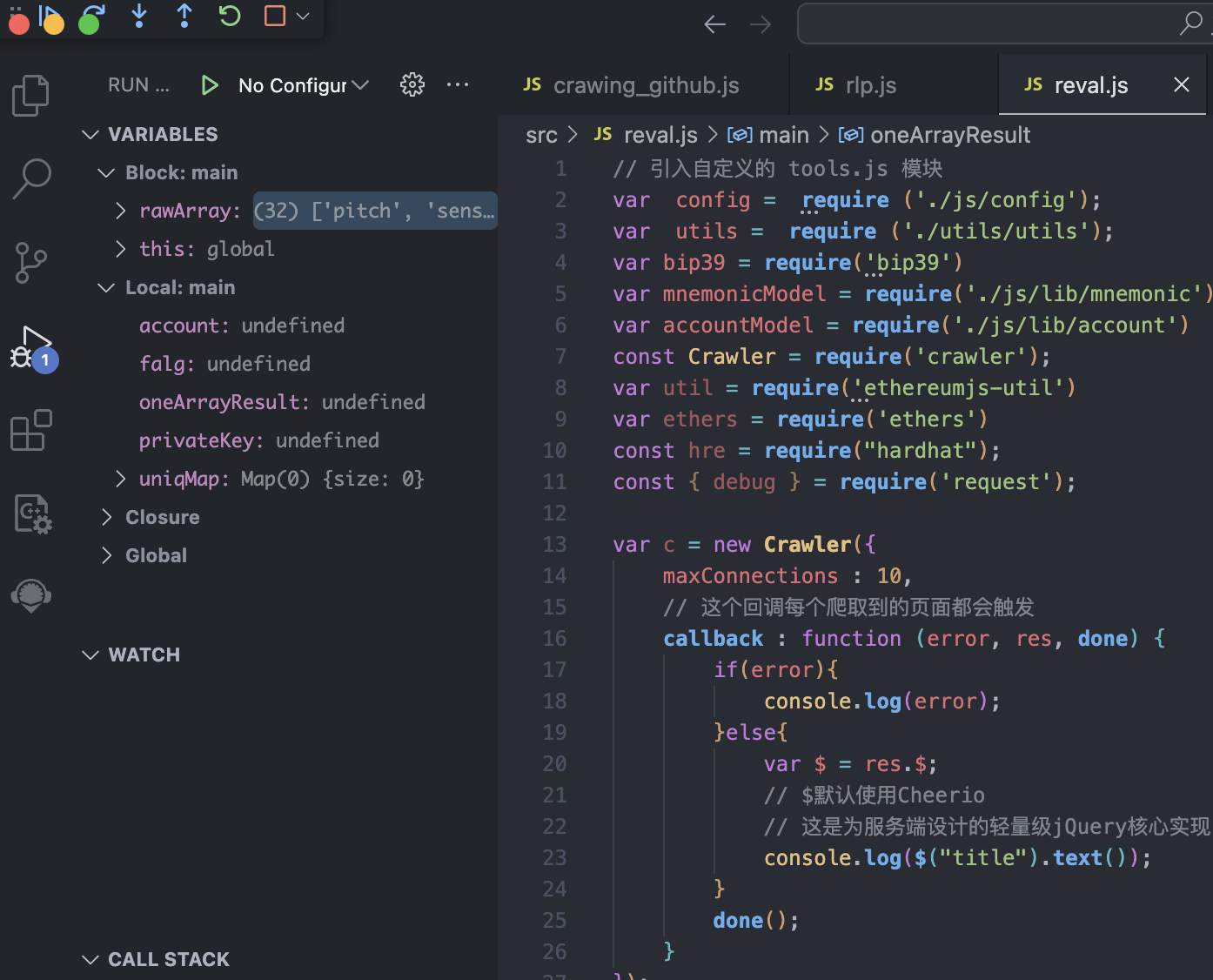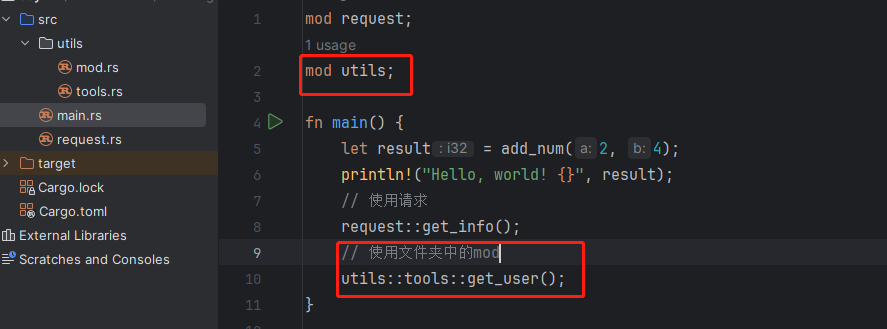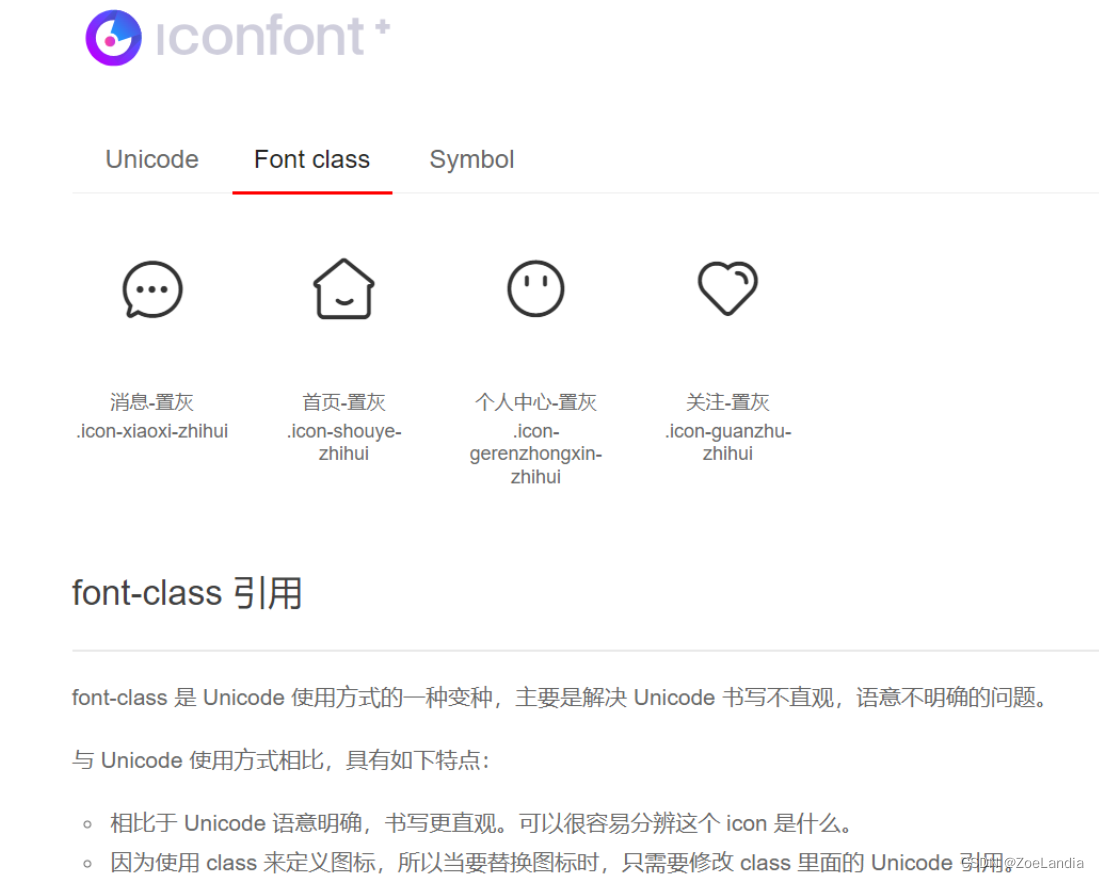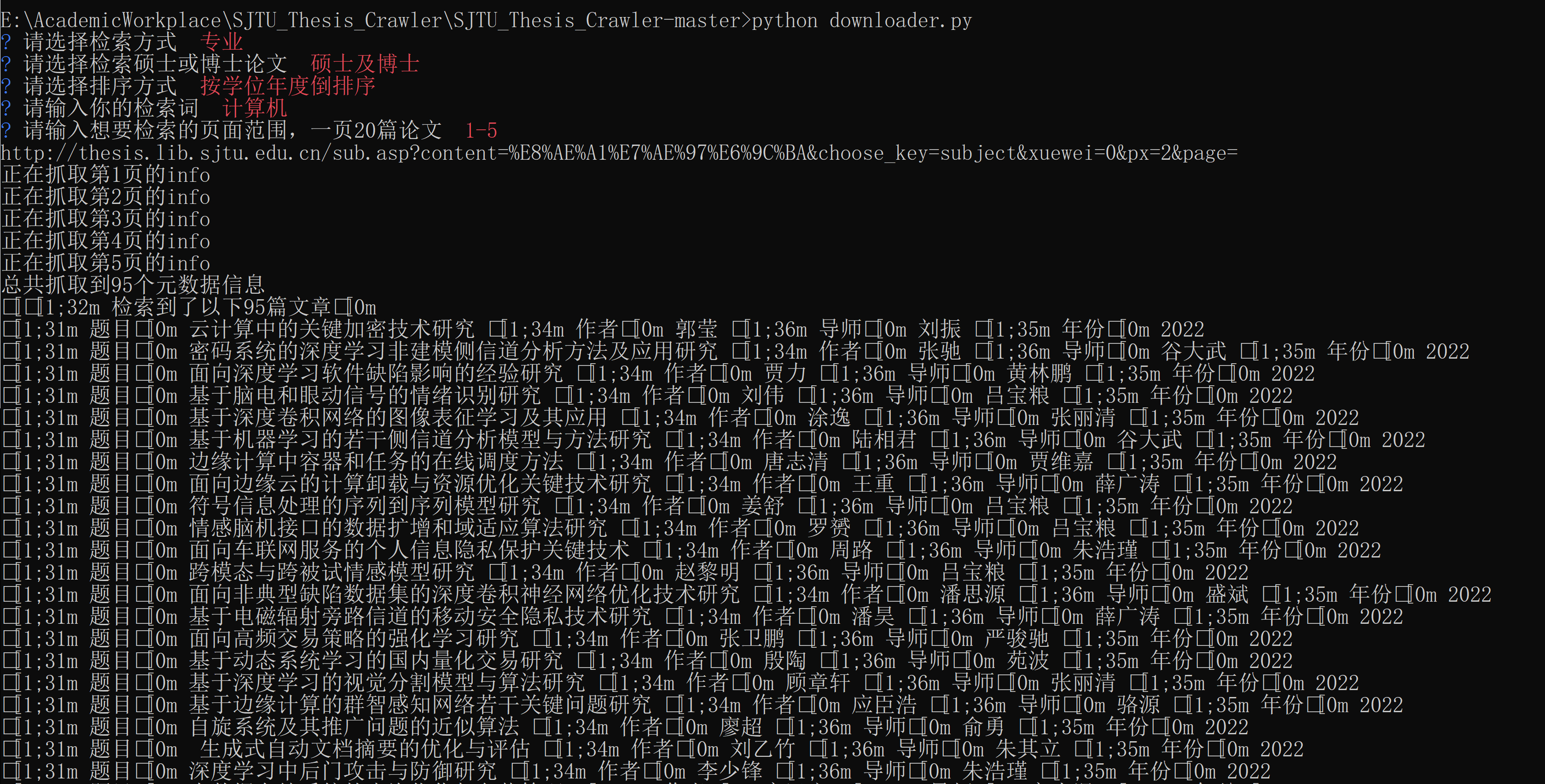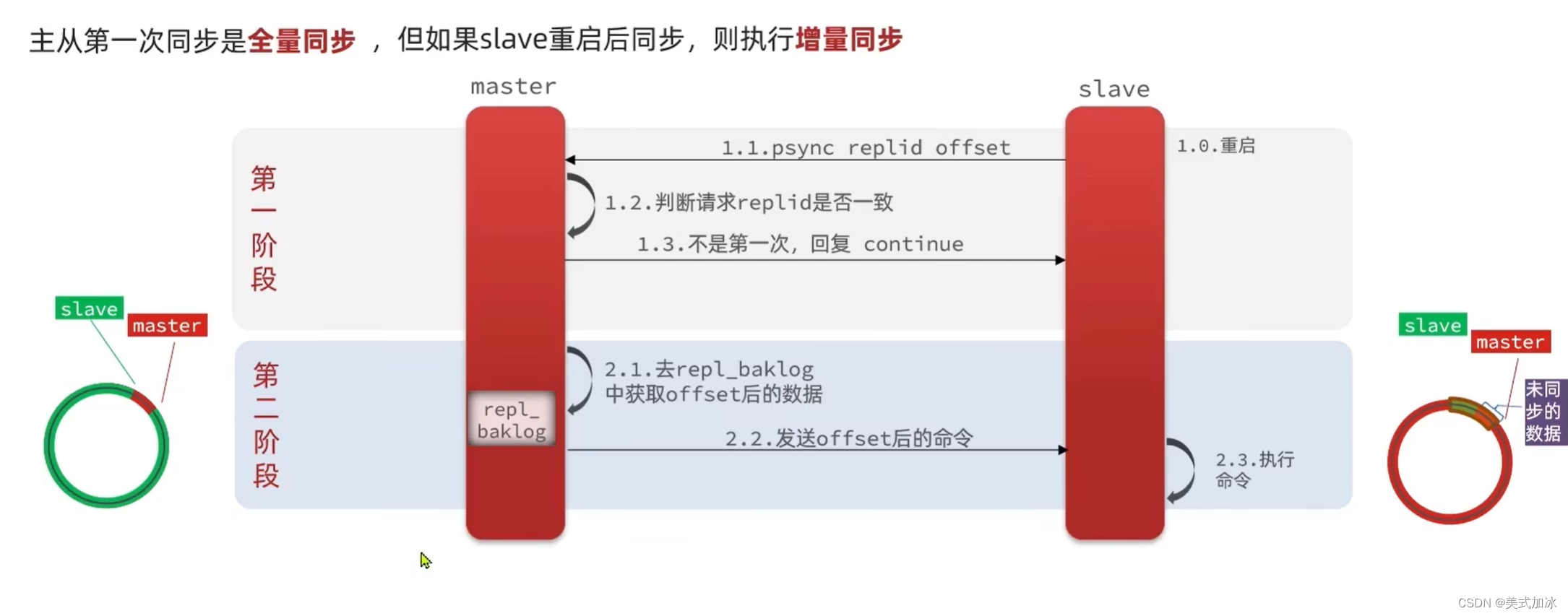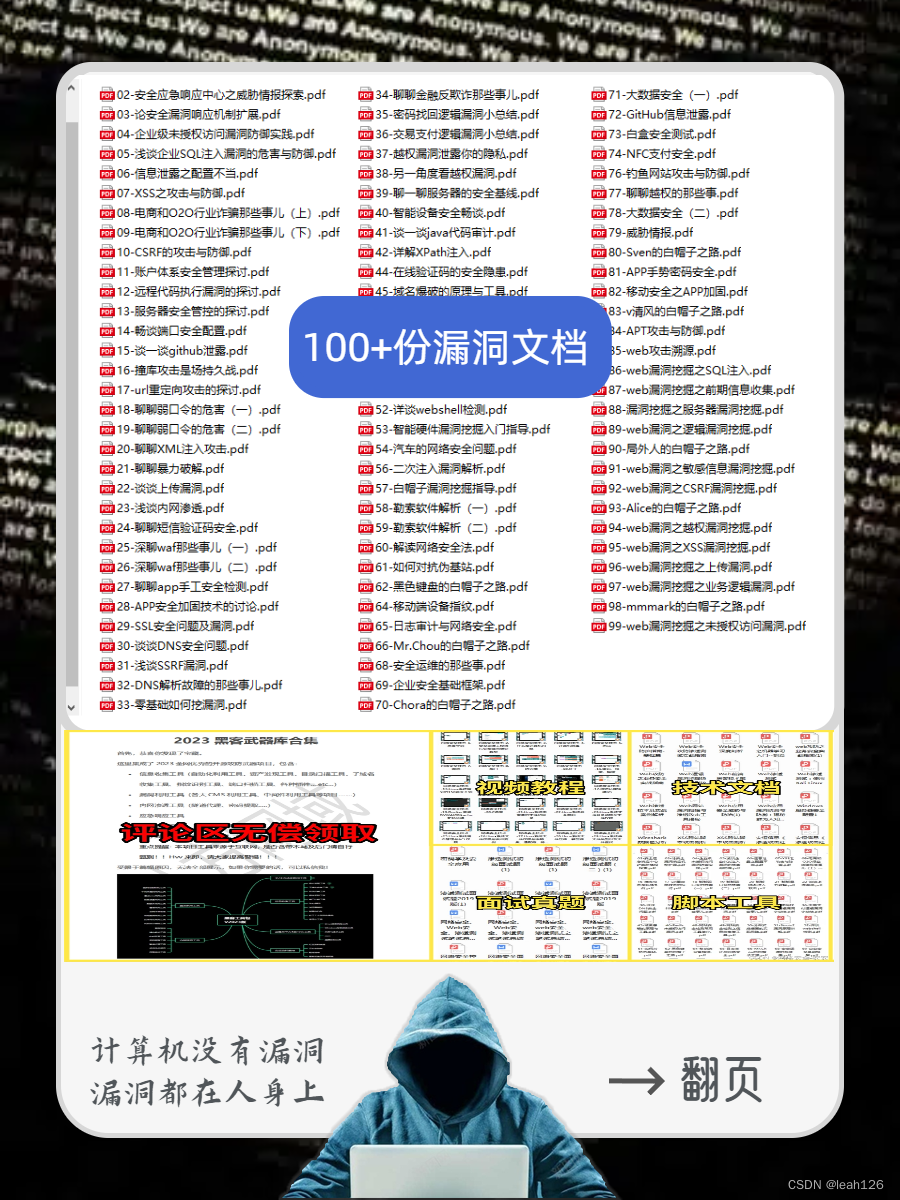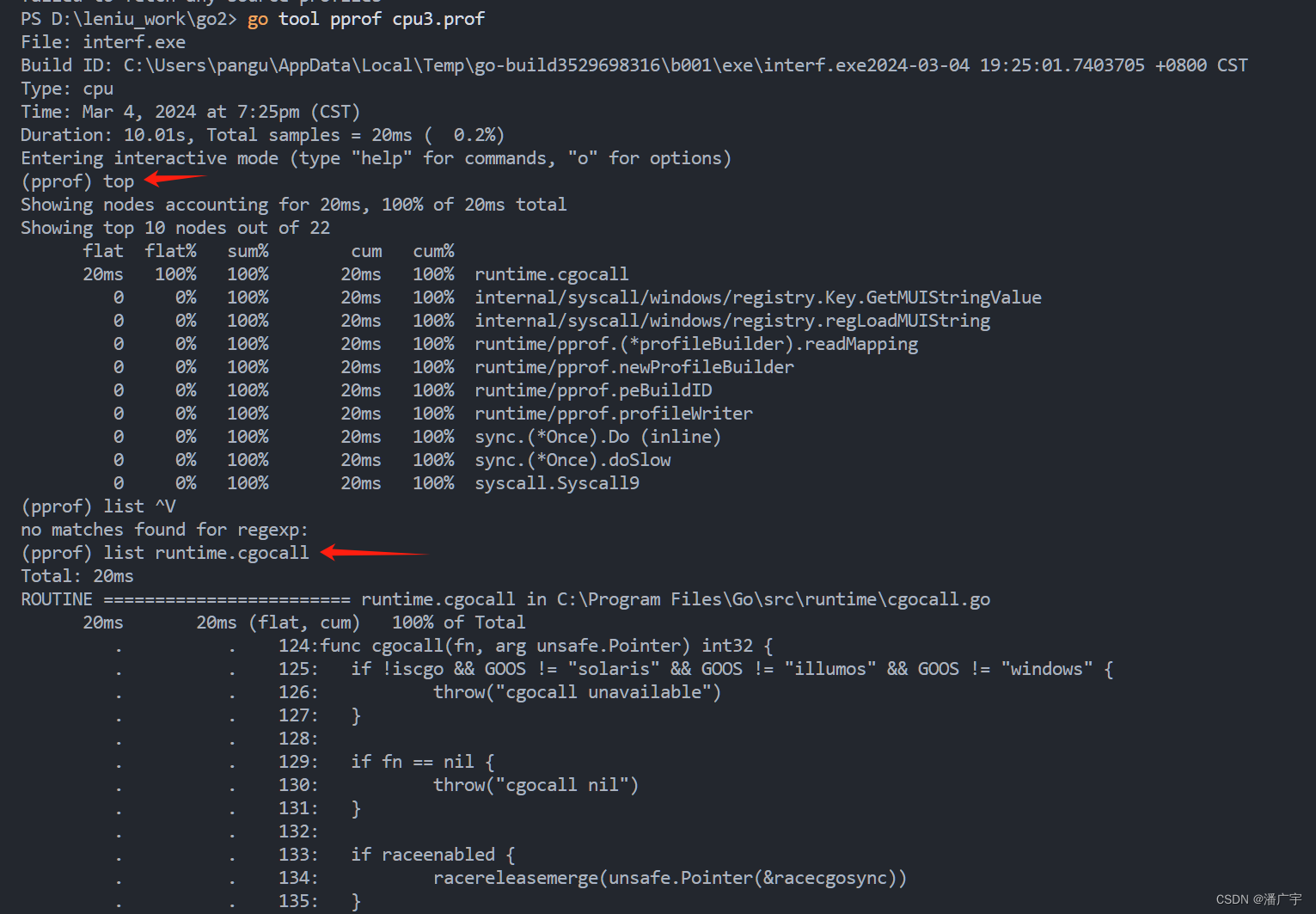摘要:最近,看了下慕课2周刷完n道面试题,记录下...
1. offsetHeight scrollHeight clientHeight 区别
计算规则:
offsetHeight offsetWidth : border + padding + content
clientHeight clientWidth: padding + content
scrollHeight scrollWidth: padding + 实际内容尺寸(当显示滚动条时,就大于content尺寸)
2. HTMLCollection 和 NodeList区别
Node 和Element
DOM是一棵树,所有的节点都是Node
Node是Element的基类
Element是其他HTML元素的基类,如HTMLDivElement

HTMLCollection是Element的集合;NodeList是Node的集合
注:获取Node和Element的返回结果可能不一样
如果elem.childNode和elem.children不一样
前者包含Text和Comment等节点,后者不包含
扩展:HTMLCollection和NodeLIst都是类数组,将类数组转换为数组的几种方式
const arr1 = Array.from(list)
const arr2 = Array.prototype.slice.call(list)
const arr3 = [...list]3. Vue computed和watch的区别
两者用途不同
computed 又称计算属性,它提供给开发者根据依赖数据动态生成派生值的计算方式,同时确保计算结果的缓存和更新机制。[1]
import { ref, computed } from 'vue';
const count1 = ref(0);
const count2 = ref(1);
// 创建只读计算属性
const double = computed(() => count1.value * 2);
// 创建可写计算属性
const plusOne = computed({
get: () => count2.value + 1,
set: (val) => {
count2.value = val - 1;
}
});
// Vue 3的computed函数可以根据计算函数的返回值自动推导类型
console.log(double.value); // 计算属性的值; 推导得到的类型:ComputedRef<number>
plusOne.value = 1; // 设置计算属性的值
console.log(count2.value); // 0watch 又称侦听器,开发者可以使用它监视响应式数据的变化,并执行自定义的逻辑。常用语监听多个数据源变化、异步任务和副作用操作。
import { ref, watch } from 'vue';
const count1 = ref(0);
const count2 = ref(0);
const double = ref(0);
// 创建单个数据源的侦听器
watch(count1, (newVal, oldVal) => {
console.log(`count1变化:新值 - ${newVal}, 旧值 - ${oldVal}`);
});
// 创建多个数据源的侦听器
watch([count2, double], ([newCount, newDouble], [oldCount, oldDouble]) => {
console.log(`count2变化:新值 - ${newCount}, 旧值 - ${oldCount}`);
console.log(`double变化:新值 - ${newDouble}, 旧值 - ${oldDouble}`);
});此外,Vue 3 还引入了即时执行的侦听器watchEffect ,它无需指定侦听器的数据源。简单比较下这三者。
| 自动收集依赖否 | 返回值 | 是否可以赋值 | 立即执行 | 本质 | |
| computed | 自动 | 有 | 可以 | 是 | class |
| watch | 需指定依赖对象 | 无 | 不可以 | 看参数 | function |
| watcheffect | 自动 | 有 | 不可以 | 是 | function |
4. Vue组件通讯有几种方式,尽量全面
Vue组件间通讯分为不同场景的:
- 父子组件
- 上下级组件(跨多级)通讯
- 全局组件
几种组件通讯方式:
props和Event:
父组件通过 props 向子组件传递数据,子组件通过 events 向父组件发送消息;
<!--Home.vue-->
<template>
<HelloWorld msg="Welcome to your Vue.js App" @showMsg="showMsg"/>
</template>
<script>
import HelloWorld from '@/component/HelloWorld.vue'
export defult {
name: 'Home',
components: {
HelloWorld,
},
methods: {
showMsg(msg) {
console.log(msg)
}
}
}
</script>
<!--HelloWorld.vue-->
<template>
<h1 @click="clickHandler"> {{msg}} </h1>
</template>
<script>
export default {
name: 'HelloWorld',
props: {
msg: String
},
emits: ['showMsg'], // Vue3新增属性
methods: {
clickHandler() {
this.$emit('showMsg', 'hello world')
}
}
}
</script>自定义事件
Vue 实例可以通过 $on 方法监听自定义事件,通过 $emit 触发自定义事件,从而实现组件之间的通讯。自定定义事件常用于兄弟组件,跨多级通讯,灵活但容易用乱。
<!--ParentComponent.vue-->
<template>
<CustomEvent1/>
<CustomEvent2/>
</template>
<script>
import CoustomEvent1 from '@/component/CoustomEvent1.vue'
import CoustomEvent1 from '@/component/CoustomEvent2.vue'
export defult {
name: 'Home',
components: {
CustomEvent1,
CustomEvent2
},
methods: {
showMsg(msg) {
console.log(msg)
}
}
}
</script>
<!--CustomEvent1.vue 接收方-->
<template>
<p> recive coustom event</p>
</template>
<script>
import event from '../utils/event.js' //引入event发布订阅的总线
export default {
name: 'CustomEvent1',
methods: {
showMsg(msg) {
console.log(msg)
}
},
mounted() {
event.on('showMsg', this.showMsg) // 监听
},
// vue 2.x beforeDestroy 需要销毁避免内存泄漏
beforeUnmount() {
event.off('showMsg', this.showMsg) // 销毁;监听和销毁要写函数名字,处理同一个函数
}
}
</script>
<!--CustomEvent2.vue 发送方-->
<template>
<p><button @click="trigger">trigger coustom event<button></p>
</template>
<script>
import event from '../utils/event.js' //引入event发布订阅的总线
export default {
name: 'CustomEvent2',
methods: {
trigger() {
event.emit('showMsg', 'hello coustom event')
}
},
}
</script>
//event.js
import ee from 'event-emitter'
// Vue2 : new Vue()就是 event
// Vue3 : 引入第三方库
const event = ee()
export default event$attrs
之前资料$attrs 和 $listeners比较多,但是后者在Vue3中已经移除;子组件可以通过 $attrs 获取父组件传递的非 prop 和emits特性。
<!--ParentComponent.vue-->
<template>
<AttrsDome/>
</template>
<script>
import AttrsDome from '@/component/AttrsAndListeners/Level1.vue' //主需要引用Level1
export defult {
name: 'Home',
components: {
AttrsDome,
},
methods: {
showMsg(msg) {
console.log(msg)
}
}
}
</script>
<!--Level1-->
<template>
<p>Level1</p>
<Level2 :a="a" :b="b" :c="c" @getA="getA" @getB="getB" @getC="getC"></Level2>
</template>
<script>
import Level2 from './Level2'
export default {
name: 'Level1'
components: {Level2},
date() {
return {
a: 'aaa',
b: 'bbb',
c: 'ccc'
}
},
methods: {
getA(){
return this.a
},
getB(){
return this.b
},
getC(){
return this.c
}
}
}
</script>
<!--Level2-->
<template>
<p>Level2</p>
<Level3 :x="x" :y="y" :z="z" @getX="getx" @getY="gety" @getZ="getz"></Level3>
v-bind="$attrs" //将attrs传入下一级Level3,
</template>
<script>
import Level3 from './Level3'
export default {
name: 'Level2'
components: {Level3},
// 只接受Level1传入的a和getA
props: ['a'], // Vue2中属性在$attrs,方法在$listener中
emits: ['getA']
date() {
return {
x: 'xxx',
y: 'yyy',
z: 'zzz'
}
},
methods: {
getX(){
return this.x
},
getY(){
return this.y
},
getZ(){
return this.z
}
},
created() {
console.log('level2', Object.keys(this.$attrs)) // ['b', 'c','onGetB', 'onGetC']
// 也就是说,Level1传入的属性,没有被包含在props和$emits,就会放在attrs中;是前两者的后补
}
}
</script>
<!--Level3-->
<template>
<p>Level3</p>
</template>
<script>
export default {
name: 'Level3',
// 只接受Levelx传入的a和getX
props: ['x'],
emits: ['getX']
inheritAttrs: false,// 避免属性继承
date() {
return {
}
},
mounted() {
console.log('Level3 $attrs', Object.keys(this.$attrs))//['y','z','onGetY','onGetZ']
// Level2中增加v-bind传入attrs后,上面输出为['y','z','onGetY','onGetZ','b', 'c','onGetB', 'onGetC']
}
}
</script>$parent和 $refs
Vue2中可以通过 $parent 和 children 直接访问父组件和子组件的实例,进行直接的组件通讯(父子组件通讯);Vue3中children建议用$refs来获取,可以使用 $refs 获取对子组件实例的引用,从而直接调用子组件的方法或访问子组件的数据。
上例子中Level3,可以通过$parent直接获取父节点,获取属性调用方法都可以;
<!--Level3-->
<template>
<p>Level3</p>
<!--添加子组件HelloWorld的ref属性,为读取是的名称-->
<HelloWorld msg="hello czh" ref="hello1"/>
</template>
<script>
import HelloWorld from '../HelloWorld'
export default {
name: 'Level3',
components: {HelloWorld},
// 只接受Levelx传入的a和getX
props: ['x'],
emits: ['getX']
inheritAttrs: false,// 避免属性继承
date() {
return {
}
},
mounted() {
console.log(this.$parent) //父节点
console.log(this.$parent.y) //yyy ,获取属性
console.log(this.$parent.getX()) //xxx ,调用方法
console.log(this.refs.hello1.name) // hello-world
}
}
</script>
<!--HelloWorld.vue-->
<template>
<h1 @click="clickHandler"> {{msg}} </h1>
</template>
<script>
export default {
name: 'HelloWorld',
props: {
msg: String
},
emits: ['showMsg'], // Vue3新增属性
data() { // 新增data中的name属性
return {
name: 'hello-world'
}
},
methods: {
clickHandler() {
this.$emit('showMsg', 'hello world')
}
}
}
</script>需要注意$parent 和 $refs获取父组件和子组件,需要在mounted中获取,因为created中组件还未渲染完成。
provide/inject
provide/inject是多层级组件间通讯较完美的解决方案,父组件通过 provide 向子孙组件注入数据,子孙组件通过 inject 接收注入的数据(可以跨级接收注入的数据)。
<!--Level1-->
<template>
<p>Level1 :<input v-model=name></p>
<Level2></Level2>
</template>
<script>
import {computed} from 'vue' // 传入data中响应式的数据需要使用computed包裹
import Level2 from './Level2'
export default {
name: 'Level1'
components: {Level2},
date() {
return {
name: 'czh'
}
},
// provide: { // 传入数据为静态字符串
// info: 'aaa'
// },
provide () { //传入data中响应式的数据
return {
info: computed(() => this.name) // 使用computed包裹
}
}
}
</script>
<!--Level2-->
<template>
<p>Level2 {{info}}</p> <!--使用注入的数据info-->
<Level3></Level3>
</template>
<script>
import Level3 from './Level3'
export default {
name: 'Level2'
components: {Level3},
inject: ['info'], // 接收注入的数据
}
</script>
<!--Level3-->
<template>
<p>Level3 {{info}}</p> <!--使用注入的数据info-->
</template>
<script>
export default {
name: 'Level3',
inject: ['info'], // 接收注入的数据
}Vuex
使用 Vuex 来进行状态管理,实现组件之间共享状态和通信。
5. Vuex 中mutation和action的区别
mutation:原子操作,必须是同步代码;action: 可包含多个mutation,可包含异步代码;
具体来说:
mutation:
- mutation 是 Vuex 中用于修改状态的唯一途径;
- mutation 必须是同步函数,用于直接改变状态;
- 在组件中通过 commit 方法来触发 mutation;
- 由于 mutation 是同步执行的,因此可以更容易地追踪状态的变化和调试。
action:
- action 类似于 Mutation,但是可以包含任意异步操作;
- action 可以包含业务逻辑、异步请求等操作,并且最终提交 mutation 来修改状态;
- 在组件中通过 dispatch 方法来触发 action;
- action 可以处理复杂的逻辑,例如异步请求、多个 mutation 的组合等。
6. JS严格模式有什么特点
JavaScript 的严格模式(Strict Mode)是一种在 ECMAScript 5 中引入的特性,它对 JavaScript 解析和执行时的行为做了一些限制和改变。使用严格模式可以帮助开发者写出更加安全、规范的 JavaScript 代码开启严格模式:
'use strict' //全局开启
function fn() {
'use strict' // 某个函数开启
}
特点:
全局变量必须先声明
'use strict'
m = 10; //Uncaught ReferenceError: m is not defined
禁止使用with
'use strict'
const obj = {x:100, y:200}
with(obj) {
console.log(x, y) // Strict mode code may not include a with statement
}
创建eval作用域(eval有自己单独的作用域, 不推荐使用)
'use strict'
var x = 10;
eval(`var x = 20; console.log('in eval', x);`)
console.log('out eval', x);
禁止this指向window
'use strict'
function fn() {
console.log('this', this) // undefined
}
fn()
函数参数不能重名
'use strict'
function fn(x,x,y) { // Duplicate parameter name not allowed in this context
}
fn(10,10,20)
7. HTTP跨域时为何要发送option请求
跨域请求是由于浏览器存在同源策略;
同源策略一般限制Ajax网络请求,不能跨域请求sever
不会限制<link> <img><script><iframe>加载第三方资源
JSONP
执行原理:利用<script>标签不存在跨域限制,aaa跨域请求bbb的接口。首先,定义全局函数onSuccess, 并将src设置为bbb接口(需要接口配合),这样可以获取bbb接口返回的字符串,该字符串将被作为js执行,调用onSuccess获取接口返回的数据
<!--www.aaa.com-->
<script>
window.onsuccess = function (date) {
console.log(data)
}
</script>
<script src = "https://www.bbb.com/api/getData"></script>
//https://www.bbb.com/api/getData返回了一段字符串:
'onSuccess({erroeno:0, data:{/*数据内容*/}})'CORS
// CORS配置允许跨域(服务端)
response.setHeader("Access-Control-Allow-Origin", "允许跨域请求的地址") // 或者'*'
resopnse.setHeader("Access-Control-Allow-Headers", "X-Request-With")
resopnse.setHeader("Access-Control-Allow-Methods", "PUT,POST,GET,DELETE,OPTIONS")
resopnse.setHeader("Access-Control-Allow-Credentials", "true") //允许跨域接受CookieOptions请求(预检请求)的主要目的是为了实现跨域资源共享(CORS)机制的安全性和规范性;
通过预检请求可以检查服务器是否支持跨域请求、验证请求的安全与否、处理复杂请求(如带有自定义头部,非简单请求方法PUT DELETE或者需要身份认证)、有助于防止跨站点请求伪造(CSRF)等安全问题。
Options请求浏览器自行发起,无需干涉,也不会影响实际的功能。
[1] 解锁Vue 3的神秘力量:深入理解computed和watch: https://juejin.cn/post/7308563909560549391?searchId=20240228083853714901F13DB2C63CCF19
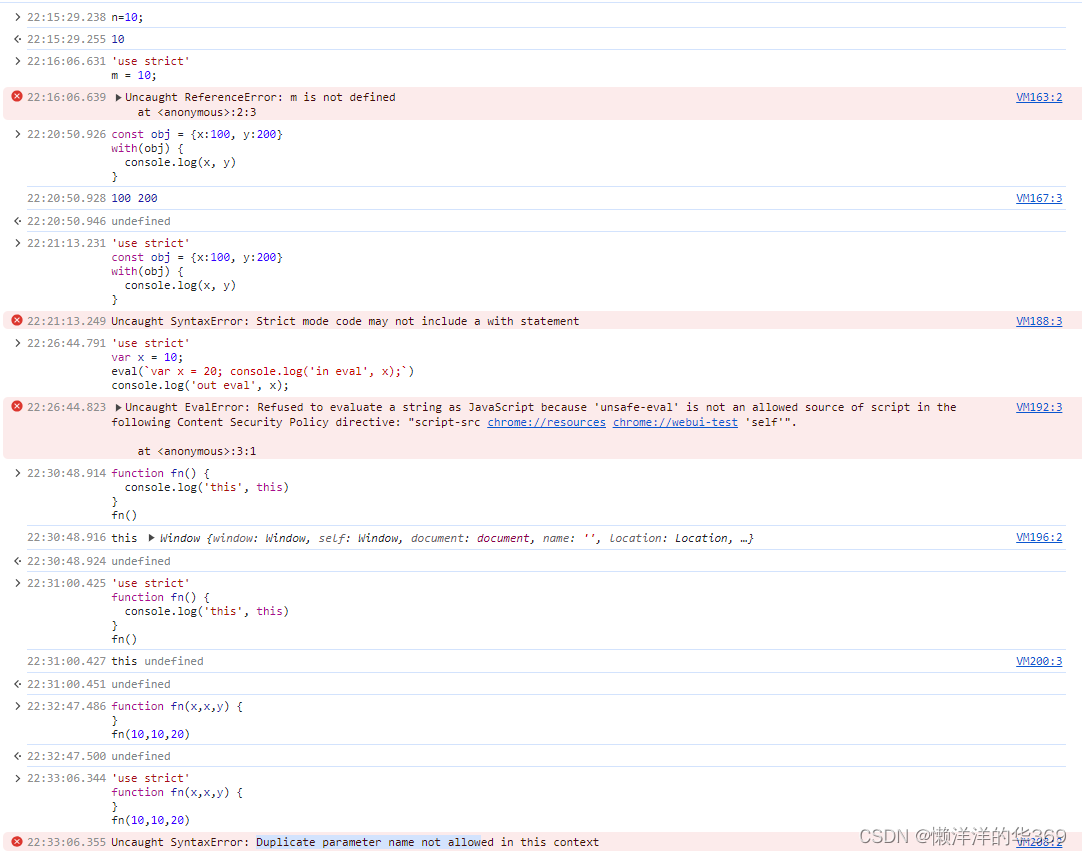
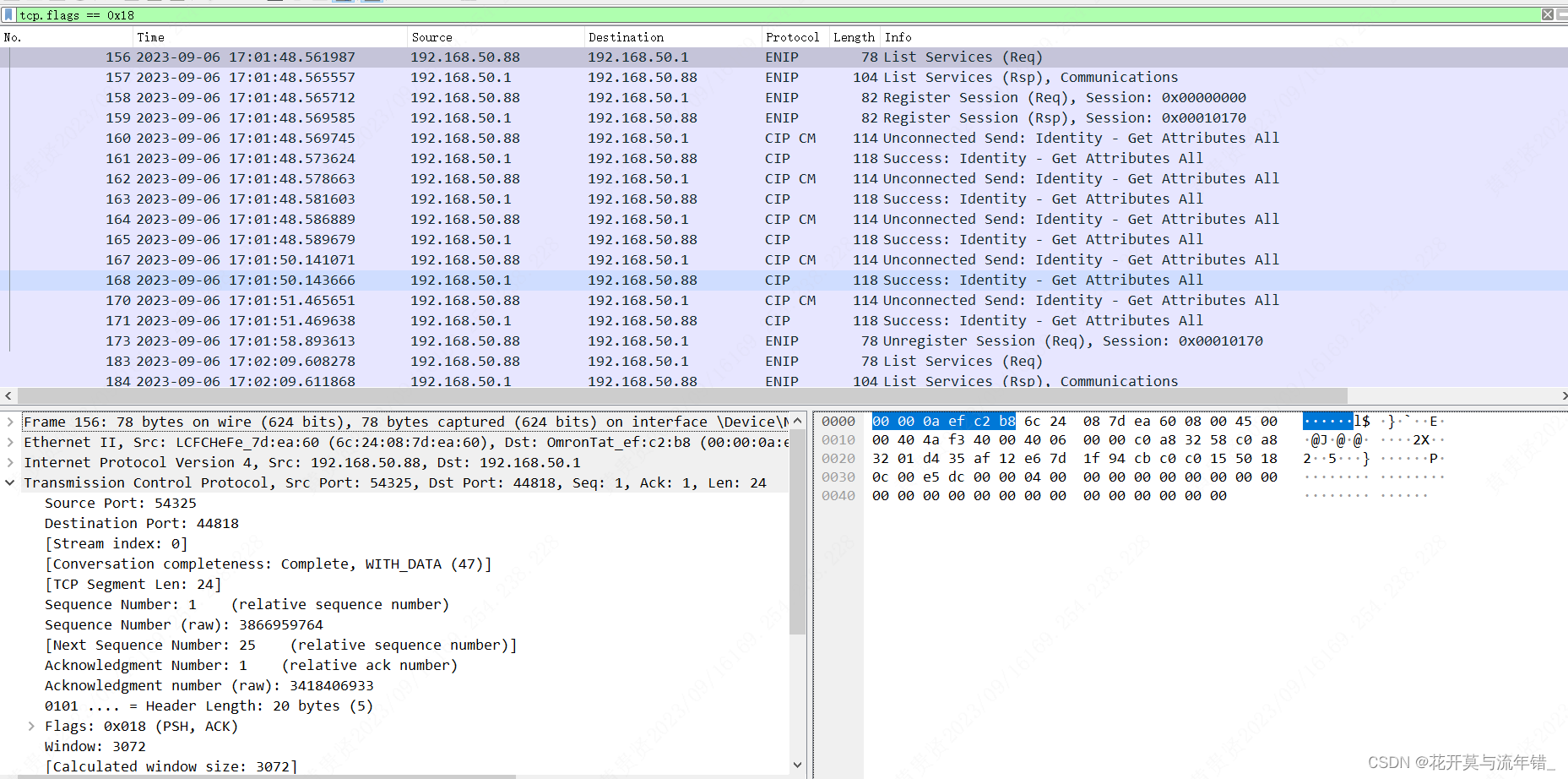
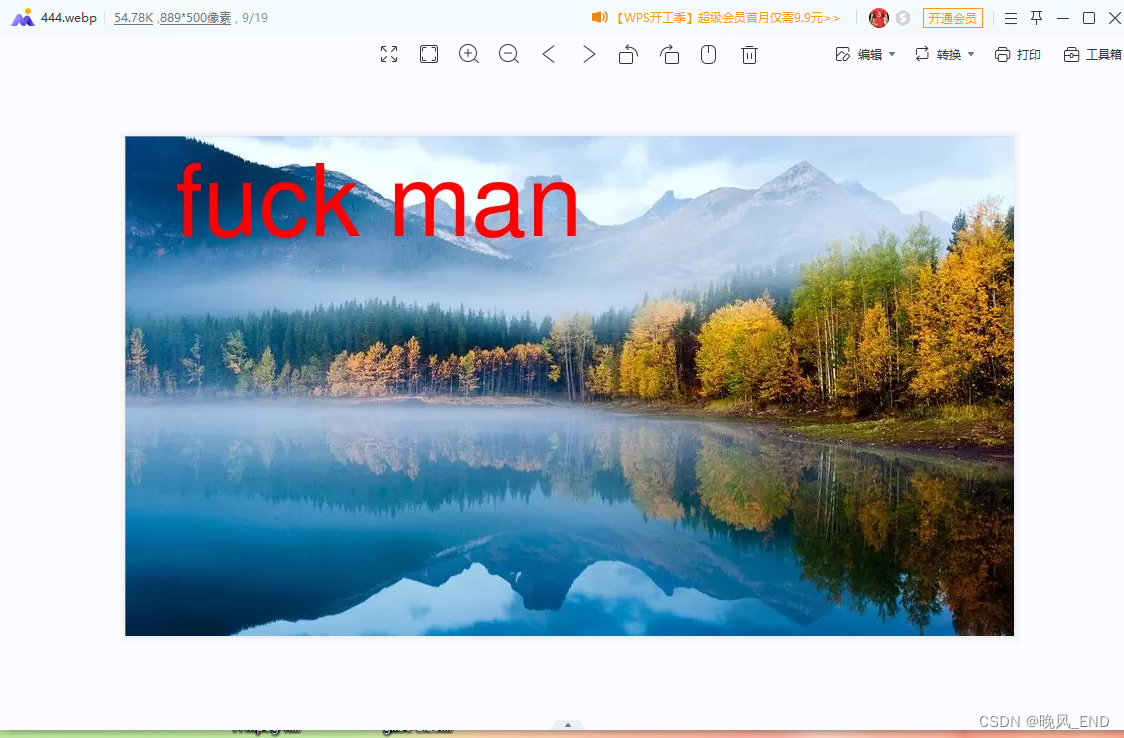
【独一无二】](https://img-blog.csdnimg.cn/direct/26bf3f20ad724b5cb2ad926e764872ab.png)
